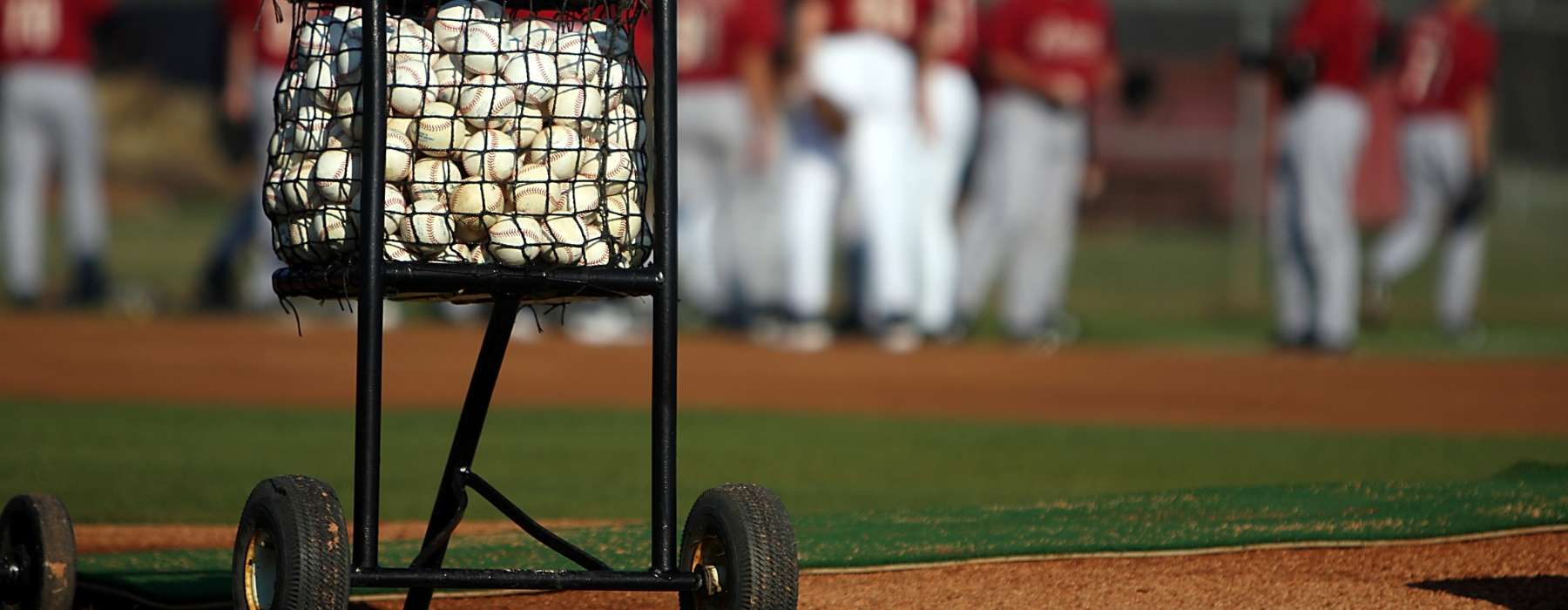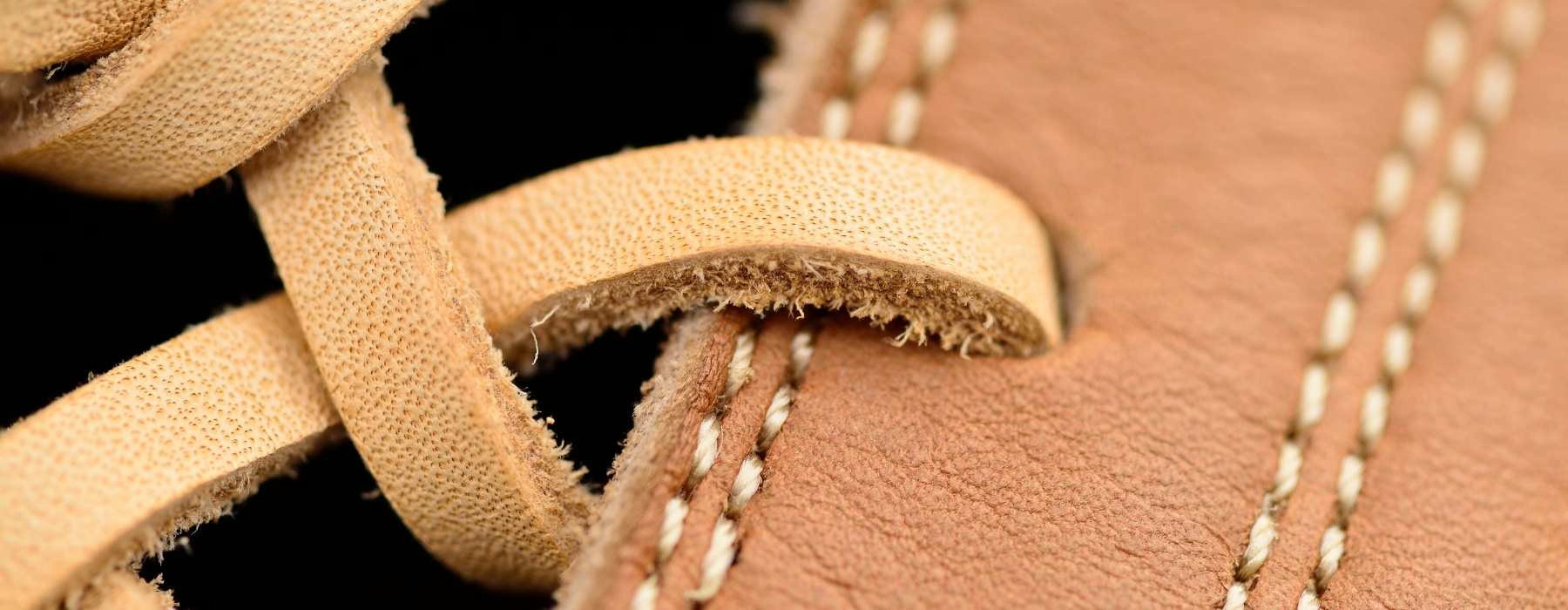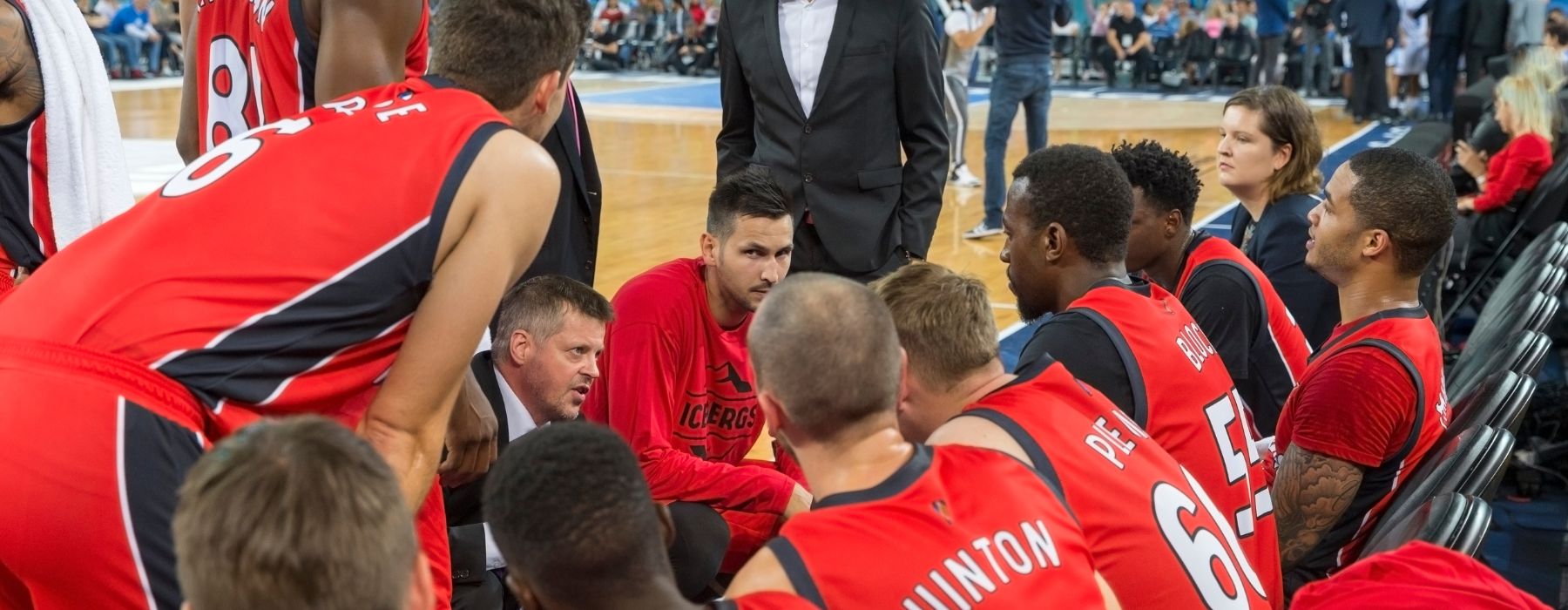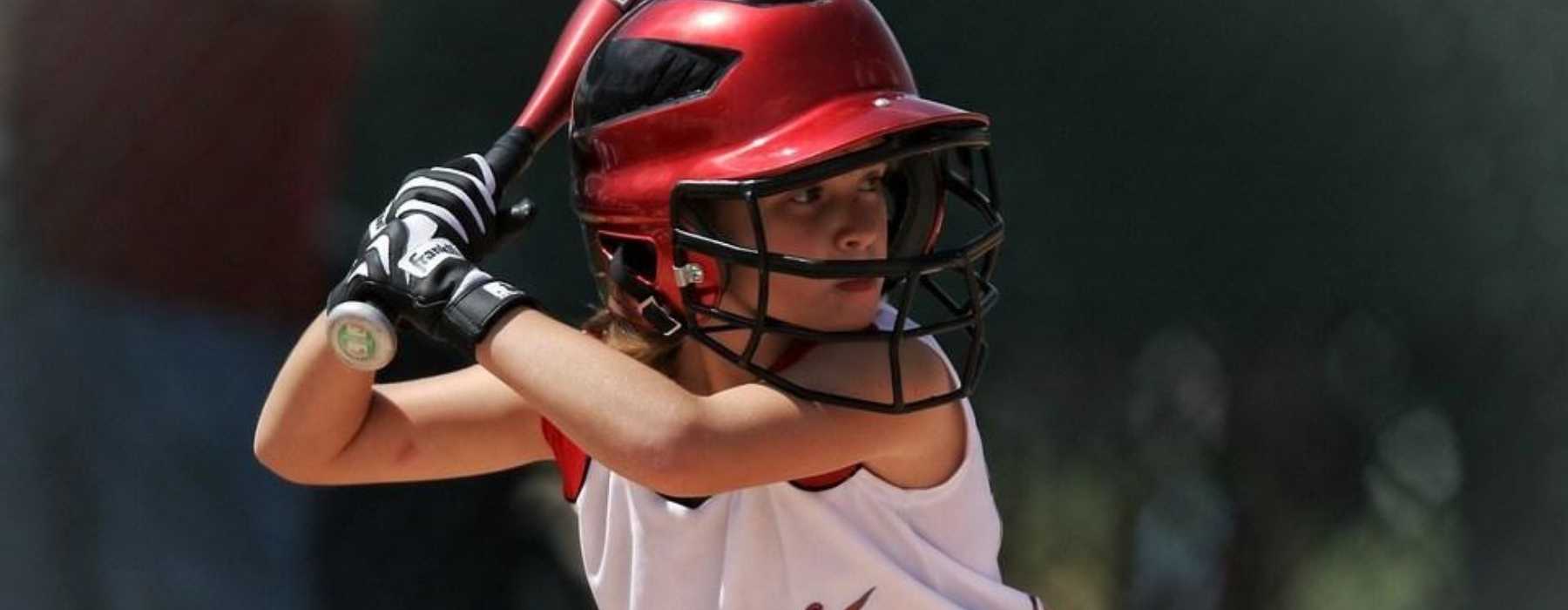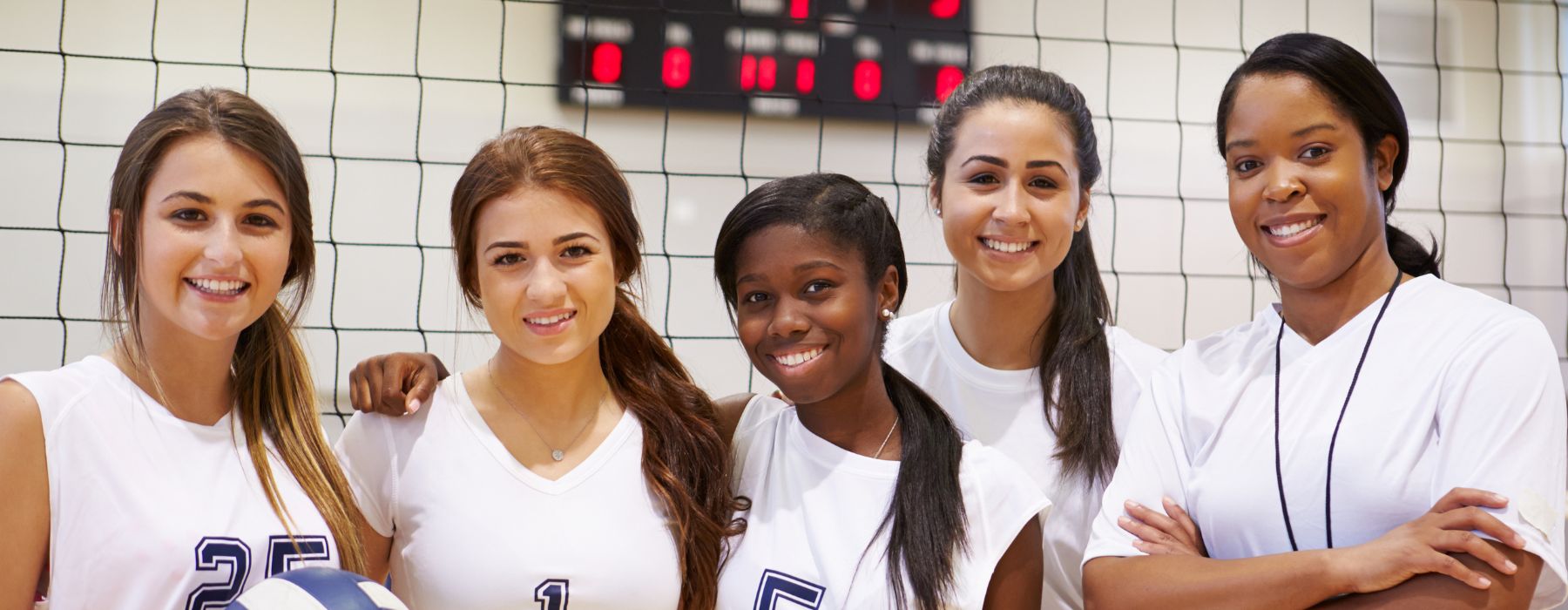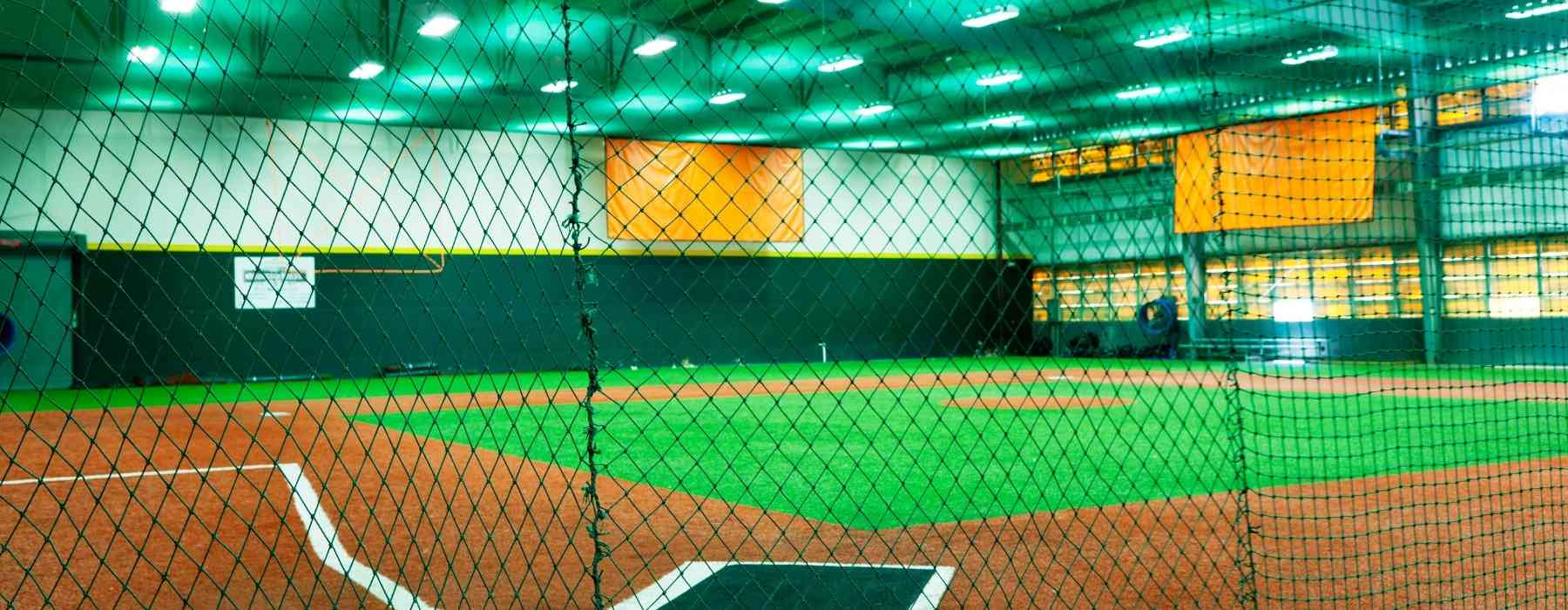Ever watch a softball or baseball practice that looked unorganized? Or perhaps you wish you could feel a little more organized for yourself. Sometimes a couple pieces of baseball or softball practice equipment is all you need for taking your practices & games from good to great!
Following are the first pieces of practice & game equipment that I would purchase if I were beginning from scratch.
For some of you, your budget may be limited. Been there. So where do you start?
Don’t fret. Remember that you have time on your side.
“Collect” one piece of practice equipment at a time for your program. You will be surprised how much you will have after 3 years.
With some creativity, patience, and frugality you can make it work!
Essential Equipment #1: Baseball & Softball Practice Balls
Right now you might be thinking “duh.” Yes, while you can do “dry” drills for a while, you will eventually need to incorporate the use of practice baseballs & practice softballs (like ASAP) or your players will hate playing. So practice balls are your first essential item.
For example, our 10 inch practice softballs are perfect if you coach 8U girls that are just starting to learn the game.
Essential Equipment #2: Baseball & Softball Ball Buckets
While the first thing I would get is balls, the second thing I would purchase are buckets.
If you have a healthy budget to work with, you can purchase buckets that are designed specifically for softball or baseball practice. However, if you want to save money, use old paint buckets, grain buckets, etc.
The awesome thing about buckets is that you can use them for multiple purposes in your program (just make sure you have some lids):
- Easy transporting of balls from one area of the field to the next
- Sitting on for certain drills (or in the dugout during games) while coaching
- Practice efficiency: When you want to isolate a skill without players making a throw, simply put the bucket at the end of the line and have them drop the ball in the bucket after they execute the skill
- Hitting stations: Put 1 bucket of balls at every station
- Dividing and conquering with coaching Staff: Want one coach to work with infield while the other does outfield? Having buckets makes this MUCH easier!
I would recommend at least 4 buckets full of balls for practice starting off. If you can afford to get more, then do it. But if you cannot afford that much at the outset don’t worry.
Begin with what you can and go from there. The beauty about buckets and balls is that you can accumulate them over the years and you will eventually have plenty. We started with “0” and have built them up over time.
Essential Equipment #3: Scorebooks & Lineup Cards
For game-time at every level, you will need to make sure you have ample lineup cards, as well as a scorebook to keep an official score.
While apps such as GameChanger can provide a convenient way of keeping score, we strongly recommend coaches to always keep a paper copy as well.
You never know when you might lose a connection, run out of battery, or have technical difficulties. Not to mention it's much easier for coaches to see the full scope of things on a full sheet of paper!
Check out our Covey Sports scorebooks & lineup card options to find what best suits your needs for this season!
Essential Equipment #4: Pop-up nets/Sock Nets
If you have a good batting cage, you can use it for multiple groups doing hitting drills at the same time. However, if you have a good sock net or pop-up net, it makes setting up stations so much easier.
We typically use 4+ sock nets and one batting cage. This allows us, at a minimum, to have 5 hitting stations going simultaneously. Sock nets are essential for accomplishing more swings in a shorter amount of time (and to avoid having players standing around and getting bored).
Essential Equipment #5: Baseball & Softball Hitting Tees
Teams at every level (youth, high school, college, pro) need batting tees to work on hitting mechanics. Can’t afford a bunch of tees? Then try to find some used cones! Every school has them!
Personally, I highly recommend Tanner Tees for their ability to withstand a beating and their solid base.
Essential Equipment #6: Ball Caddy or Ball Cart

I LOVE this type of baseball & fastpitch softball practice equipment. Here is why:
- Functionality: You can fit about 3-4 buckets of balls into many types of ball carts. Which means you do not need to stop practice nearly as often to pick up balls. AND save your back from bending over repeatedly!
- Ease of transport: Some ball carts have wheels, while others are foldable. Either way it makes it easy to move from one spot to the next.
You can purchase ball carts & caddies on Amazon or from numerous other retailers.
Eventually, you might use a lot of other pieces of equipment in your program, but you may need to accumulate these items over the course of a few years.
As a starting point, I highly recommend using your budget money on these six types of practice & game equipment to get started. So make a list of priorities and start planning your next purchases for your program!


